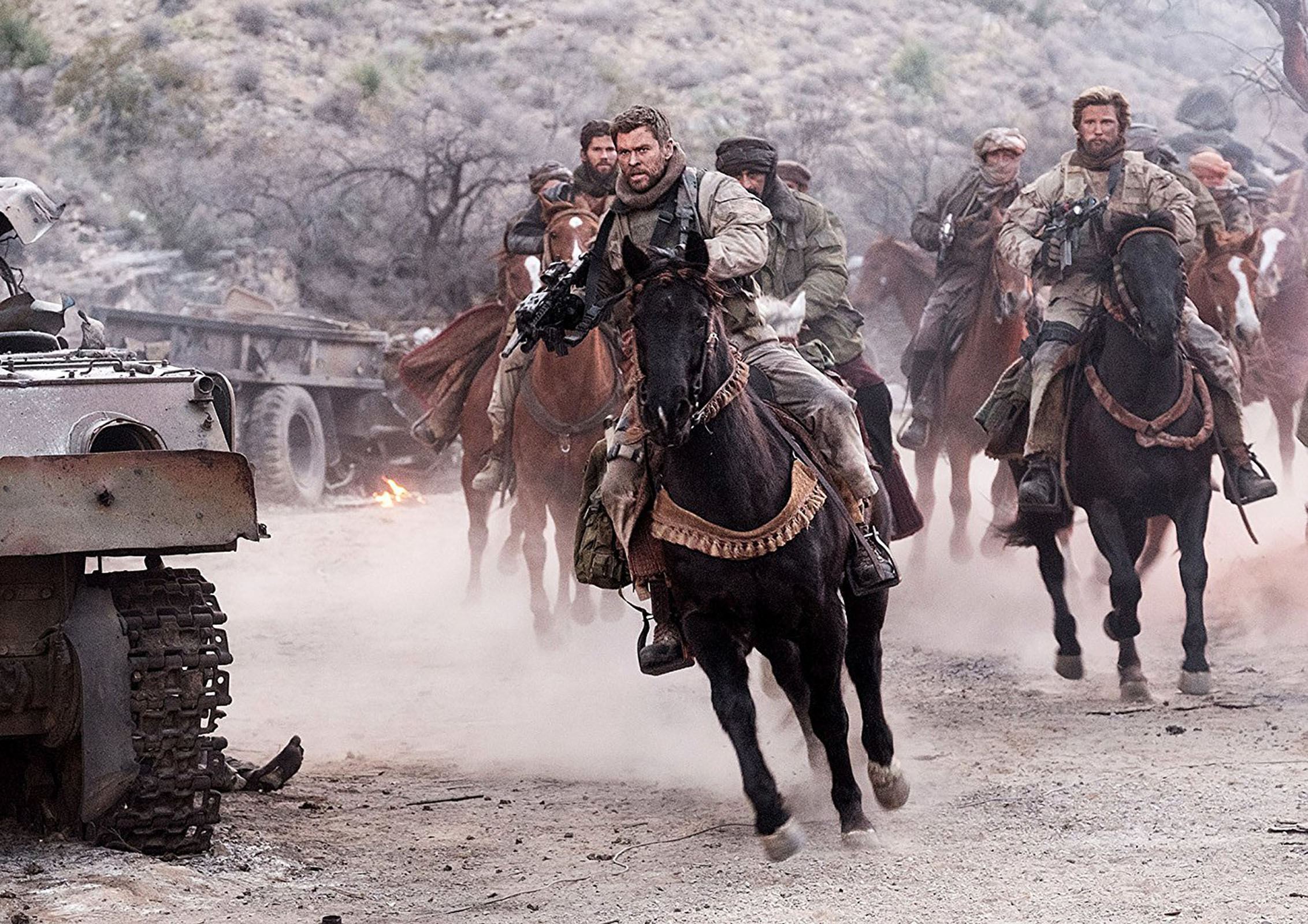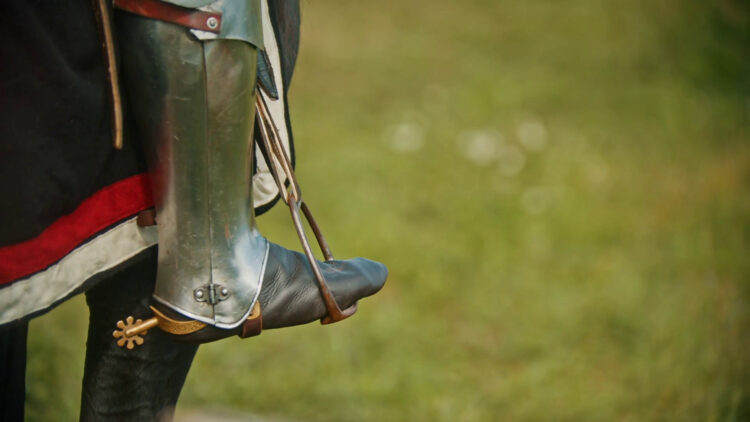If you watched the Hollywood made movie titled 12 Strong starring actor Chris Hemsworth, it tells the story of American Special Forces members liberating Afghanistan from the Taliban in 2001. This movie was based on Doug Stanton’s non-fiction book Horse Soldiers, which tells the story of U.S. Army Special Forces sent to Afghanistan immediately after the September 11 attacks. Capt. Mark Nutsch led the 5th Special Forces Group’s Operation Detachment Alpha 595. The team rode horses as they worked with militia allies. They used their ingenuity, grit, allies and of course owe something their ability to stay mounted to the stirrup.
In junior high school I watched the fantastic tv series titled Connections, which was hosted by James Burke. Burke, a historian noted that in the annals of human history, certain inventions reshaped civilizations and altered the course of events. One such innovation that he discussed on his series was the stirrup. He stated that it had a profound impact on Western civilization, and noted that this seemingly small addition to the horse’s saddle revolutionized warfare, transportation, and the social structure of societies across the Western world.
Without the stirrup mounted warriors faced significant challenges in combat. Without a secure foothold, riders struggled to maintain balance and deliver effective strikes. Then came the creation of the stirrup and warriors gained a newfound stability. Their stability allowed them to wield weapons with greater force and precision. Knights and soldiers were able to charge with increased speed, control, and devastating impact. Outcomes of countless conflicts were influenced due to the stirrups providing mounted warriors stability. Transforming the dynamics of medieval warfare was in no small part due to the development of a heavy cavalry, and in turn heavily armored knights emerged in plate armor. The social and political landscape, was reshaped as knights became central figures in the medieval hierarchy.
There is of course the Great Stirrup Controversy. Noted here on Wikipedia: It is an academic debate about the Stirrup Thesis, the theory that feudalism in Europe developed largely as a result of the introduction of the stirrup to cavalry in the 8th century AD. It relates to the hypothesis suggested by Lynn Townsend White Jr. in his 1962 book, Medieval Technology and Social Change. White believed that the stirrup enabled heavy cavalry and shock combat, which in turn prompted the Carolingian dynasty of the 8th and 9th centuries to organize its territory into a vassalage system, rewarding mounted warriors with land grants for their service. White’s book has proved very influential, but others have accused him of speculation, oversimplification, and ignoring contradictory evidence on the subject. Scholars have debated whether the stirrup actually provided the impetus for this social change, or whether the rise of heavy cavalry resulted from political changes in Medieval Europe. Until something solid comes out of these debates, I will take the position that Burke and White took.
The Connections episode opened with two strands on developments in horse technology. The description of the episode noted: from the use of stirrups, improving saddles, and moving to larger, stronger horses for carrying knights. The high costs of these led to a hereditary chivalry. The second strand includes arising from the end of the 9th century with the development of the wheeled plough, the invention of the horse collar and the horseshoe, and the three-field system. The increased ability to use horses for both work and transport opened up the possibility of creating an agricultural surplus and moving it for sale. Deep mine shafts flooded and scientists in search of a solution examined vacuums, air pressure, and other natural phenomena.
Stirrups had a profound impact on trade and exploration too. Riders could travel longer and farther due to having stability and control. Stirrups enhanced the endurance and maneuverability of horses, making them indispensable companions for traders on extensive trade routes and explorers seeking new lands. Merchants, diplomats, and adventurers were enabled to traverse vast distances with greater ease and safety. A cultural exchange, economic growth, and the expansion of Western civilization came out of this newfound mobility.
Agricultural practices were changed too. Horse drawn plows, and oxen agricultural productivity, leading to increased food production and surplus. The efficiency and speed of horse-powered agriculture bolstered the growth of medieval economies and paved the way for social advancements. Heavy cavalry reinforced the feudal system, with knights occupying positions of power and prestige. Stirrups became symbols of knighthood and heraldry. The code of chivalry was reshaped. Warfare and trade were enhanced and agricultural practices changed for the better.
*The views and opinions expressed on this website are solely those of the original authors and contributors. These views and opinions do not necessarily represent those of Spotter Up Magazine, the administrative staff, and/or any/all contributors to this site.

